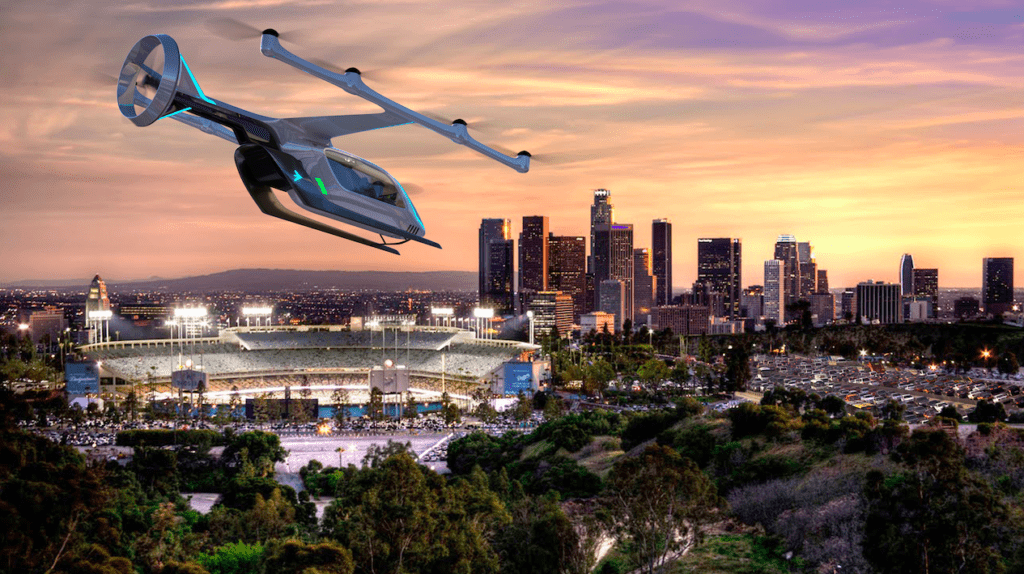
EmbraerX’s eVTOL aircraft concept. (Embraer)
As the development of electric vertical takeoff and landing (eVTOL) air taxis advances, other partners in the industry are working on developing plans for their integration into airspace. In Australia, EmbraerX, an organization within the Brazilian aircraft manufacturer dedicated to developing disruptive businesses that transform transportation, and Airservices, Australia’s civil air navigation provider, have developed a concept of operations (CONOPS) for integrating urban air mobility (UAM) into Australia’s airspace.
EmbraerX created the spinoff, Eve Urban Air Mobility Solutions, which will be responsible for developing UAM solutions in partnership with Airservices.
“This was essentially a research project that we’ve been working with Embraer to prepare the Australian airspace and aviation industry, for the growth of the UAM industry itself, so air taxis throughout Australia,” Kristian Cruickshank, program manager at Airservices, said during a Dec. 17 Vertical Flight Society webinar interview. “What our goal was, wasn’t to develop a CONOPS that was only applicable to Australia, instead, we were working towards, and have worked towards, a globally applicable concept, but using Melbourne, Australia as a use case.”
Melbourne was selected because of its strong aviation safety record, the original host to the international Uber Air launch city, and a growing unmanned aircraft systems (UAS) and UAS traffic management (UTM) community, Cruickshank said. Australia is also quite sensitive to aircraft noise and has a strong requirement for community engagement which means that if a company can successfully fly its air taxi services there, it will probably be able to do so in other places with less stringent requirements.
The initial integration of electric air taxis into Melbourne airspace will involve their integration with current conventional rotorcraft, David Rottblatt, project leader for EmbraerX’s urban air traffic management and vice president of business development for Eve, said during the webinar. As eVTOL development and production ramp up and more aircraft are integrated into the airspace, there will need to be changes to the region’s air traffic management policies.
“We expect that in the initial horizon or those initial Urban Air Mobility operations, those ought to be well served by the current paradigm and should fit within existing procedures,” Rottblatt said. “However, as more entrance to airspace continues, and in the segmentation of aircraft vying for access to dense low altitude urban airspace increases, we do believe that there will be some changes that will be warranted as the demand for access as well as just the volume craft continue to grow.”
To contend with this, Rottblatt said Eve is planning to first launch a piloted eVTOL aircraft with plans to build to autonomous flight in the future.
Eve and Airservices completed fast time and real time simulations and collision and risk avoidance analysis to demonstrate the impact of UAM operations in Melbourne, Rottblatt said. The results of this analysis found that some areas would be quickly overwhelmed by the volume of operations. They also suggested that UATM services have safety, flight efficiency, capacity, and predictability benefits.
Publishing the CONOPS was just the first step in this partnership, now Embraer’s Eve and Australia’s Airservices will gather industry stakeholder and government perspectives, Cruickshank said. The companies will then provide analysis, validation and reporting for the feasibility and practicality of the proposed CONOPS.